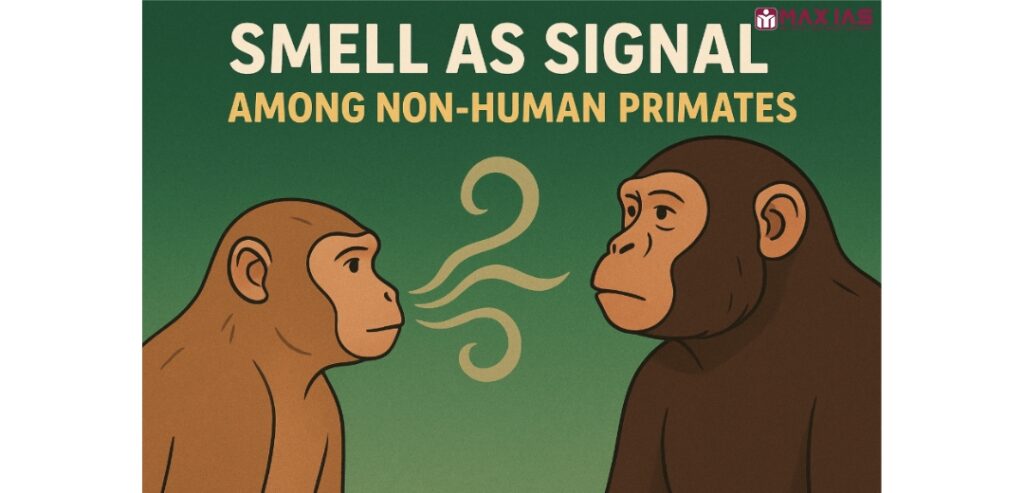
Nocturnal prosimians, which are small primates active at night, often live alone or in small groups. They don’t use many visual signals since it’s dark. For example, a slow loris can be seen by another slow loris because of its white nose stripe and dark patches around its eyes. Their faces do not show much expression, and they have short, still tails. Instead, these night-active primates rely heavily on their sense of smell to communicate.
Slow lorises use special scents from glands in their bodies to share information about females, especially regarding their reproductive cycles. This is very important for finding mates. They spread these scents by rubbing their bodies against branches or by urinating on their hands and feet, leaving scented footprints in their territory.
Diurnal prosimians, like the ring-tailed lemurs, also use scent to communicate. Male ring-tailed lemurs use their scent glands to defend their territory in a special way. They press a part of their arm against another gland and then mix the scents. After that, they brush their tail against their arms so that the scent gets into their fur. Then they raise their tail over their back and move it up and down to send the scent towards any rivals nearby. They also rub the area around their private parts on a branch to mark their territory. This “stink fight” often leads to one of the lemurs retreating, helping to set boundaries without fighting.
Ring-tailed lemurs also mark their territory by scraping their arms against young trees, leaving scent marks behind.
In diurnal anthropoids, pheromones also play an important role in communication.
New World monkeys have special glands on their necks, chests, and private areas that they use to show their age, sex, and social status, as well as to mark their territory.
In Old World monkeys and apes, there are not as many special scent glands, and scents are likely less important than visual signals in their social interactions. For example, in some Old World species, females show their readiness to mate through changes in their bodies, which are visible to males. However, these visual signals are often combined with scent signals.
Although scientists can only guess how female scents affect male behavior in the wild, they have shown in experiments that these scents play a role in mating (Michael et al., 1972).
Even in humans, smell can affect social interactions, but since people rely more on sight, the importance of smell is often overlooked.


